
FCC Part 15 Compliance Testing
What is fcc part 15 testing?
FCC Part 15 is a federal regulation that restricts the amount of electromagnetic interference allowed from digital and electronic devices such as watches, instruments, computers, telephones, and low-power transmitters. Non-compliance with FCC Part 15 can have serious implications for everyone involved with your product: engineers, distributors, retailers, and even customers. Remedies for non-compliant products by the FCC include halting all distribution and imposing fines on manufacturers.
Other FCC regulations:
fcc part 18 includes EMC requirements for certain industrial, scientific, and medical digital devices not covered in Part 15. Additionally, FCC Part 68 outlines requirements for devices connected to the telephone network (e.g., modems, PBX, and telephones). Our FCC compliance expertise fully covers these relevant regulations.
Which products need to meet FCC-PART-15 standards?
Most products regulated under Part 15B fall into two categories. Class A devices are those sold for use in commercial, industrial, or business environments. Class B devices are for sale for residential use. Class B restrictions are more stringent than Class A restrictions, as shown in the table below. Radiation and conduction emi testing procedures are defined in ANSI Standard C63.4. FCC rules and regulations in Part 15 govern only electromagnetic radiation. Currently, the FCC has no regulations regarding the immunity of products to electromagnetic fields.
FCC PART15 Conduction Harassment and Radiation Harassment Testing Limit Requirements for Class A and Class B Devices:
EMC requirements for products used in the United States are included in a document called MIL-STD-461. This standard is applicable to various systems, including all systems from power tools to workstations. Unlike FCC regulations, MIL-STD-461 includes requirements for radiation and conduction immunity as well as limits for radiation and conduction emissions.
Here are some FCC Part 15 rules provided in the General Federal Regulations (CFR) for devices:
1. 47 CFR 15.1 states that any radiating device, intentionally or unintentionally emitting radio energy, must obtain a license unless it complies with 47 CFR 15 or is exempted by the FCC in another way. It's worth noting that all digital devices operating at 9 kHz or higher frequencies must be regulated by Federal Communications Commission (FCC) Part 15 regulations;
2. 47 CFR 15.5 instructs that devices should not cause interference and must accept any interference they receive. It also reminds manufacturers that any unauthorized modifications or alterations to the device may result in the loss of operating privileges;
3. 47 CFR 15.5 prohibits the intentional damping of waves transmitting unnecessarily large amounts of frequency;
4. 47 CFR 15.9 prohibits the operation of any Part 15 device for deceptive purposes unless all parties in the conversation agree or for enforcement purposes;
5. Class A and Class B device emission rules: The FCC classifies unintentional devices as Class A or Class B devices. Class A devices are designed for commercial or business environments. Class B devices are intended for residential use. The FCC limits the radiation of Class B devices to about 10dB. FCC requirements for Class B devices are stricter than those for Class A devices because these devices are considered closer to radio and television receivers. Class B devices include fluorescent lamps, personal computers, and other popular household devices;
6. Unauthorized broadcasting: The FCC prohibits unauthorized broadcasting on TV factory broadcast bands unless for certain medical telemetry devices. Additionally, the agency restricts unauthorized broadcasting on FM factory broadcasts to a field strength of 0.01 microwatts;
7. Design requirements: Radiators, intentional or unintentional, must be designed and built according to good engineering design and manufacturing practices. Manufacturers need to suppress device radiation as much as possible. However, in no case should radiation exceed the levels defined in FCC rules;
8. Design adjustment requirements: Intentional or unintentional radiators should be designed so that user-adjustable controls do not cause the device to operate in violation of regulations;
9. Requirements for new applicants: New applicants should apply for a grantee code. This code is a unique identifier required for each terminal device and must be submitted as part of the final fcc id. To obtain a grantee code, new applicants must send a letter stating the applicant's name, address, and specific request for the grantee code. This letter must be accompanied by FCC Form 159 ("Fee Remittance Advice") and a $45 fee;
10. Wearable device requirements: Any device intended to be worn on the body part should undergo Specific Absorption Rate (SAR) testing;
11. Labeling requirements: FCC ID must be directly and permanently affixed to the transmitter or on a permanently fixed label. Device manufacturers must ensure that purchasers can easily see the FCC ID label at the time of purchase;
12. Testing and certification requirements: FCC certification testing must be conducted in FCC-authorized laboratories. Welcome to send to China laboratory for testing (we can help you save 30% certification costs).
Email:hello@jjrlab.com
Write your message here and send it to us
 ASTM D4169 Drop Test
ASTM D4169 Drop Test
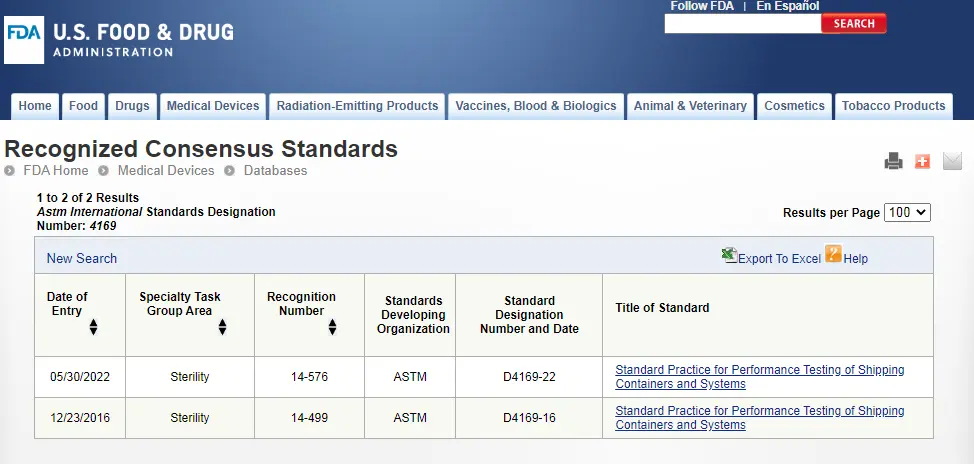 ASTM D4169 Packaging Simulation Transportation Tes
ASTM D4169 Packaging Simulation Transportation Tes
 What is ASTM D4169 Testing?
What is ASTM D4169 Testing?
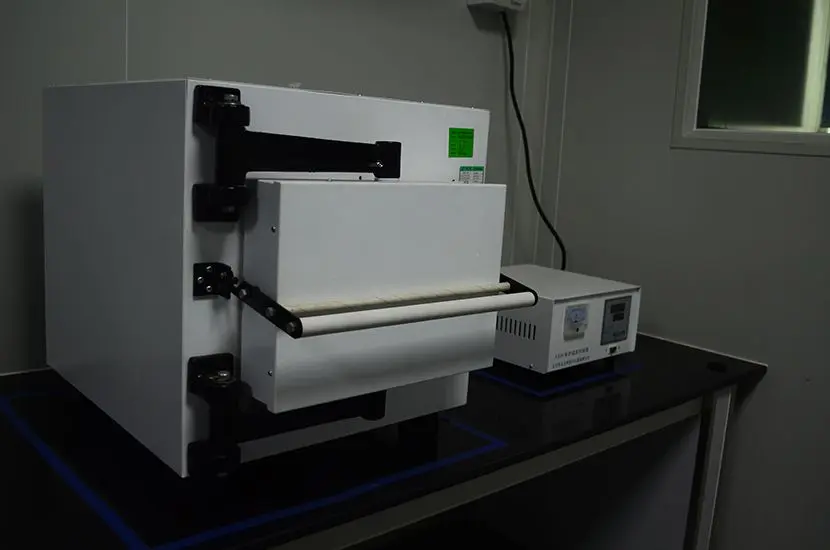 ASTM D4169-23 Test Standard Revision
ASTM D4169-23 Test Standard Revision
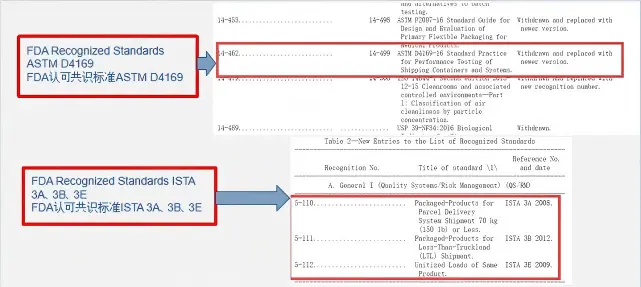 Transport Simulation Testing for Medical Device Pa
Transport Simulation Testing for Medical Device Pa
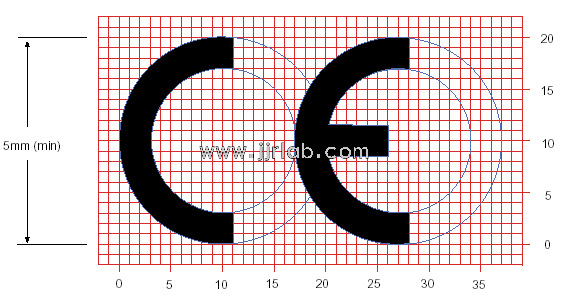 EU CE Certification Guidelines for Lighting Fixtur
EU CE Certification Guidelines for Lighting Fixtur
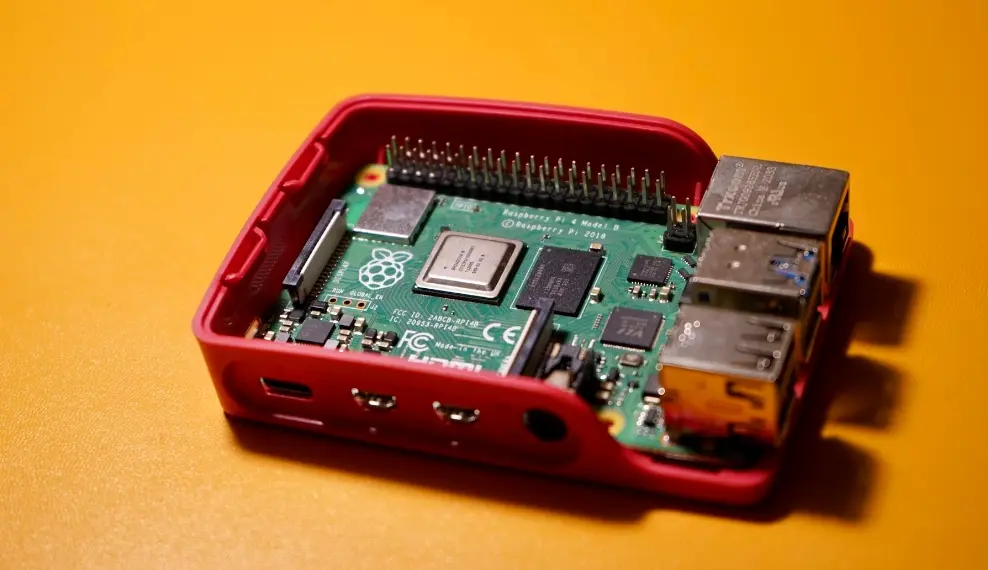 Lithium Battery Export: CB Certification & IEC
Lithium Battery Export: CB Certification & IEC
 How to Apply for One FCC Certificate for Multiple
How to Apply for One FCC Certificate for Multiple
Leave us a message
24-hour online customer service at any time to respond, so that you worry!




